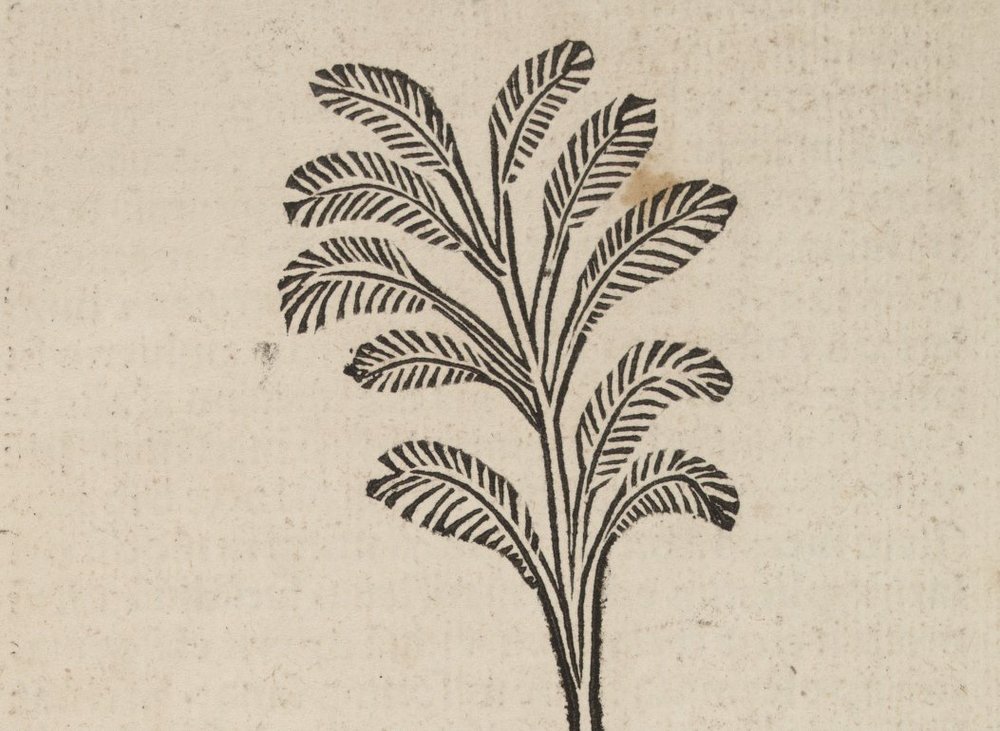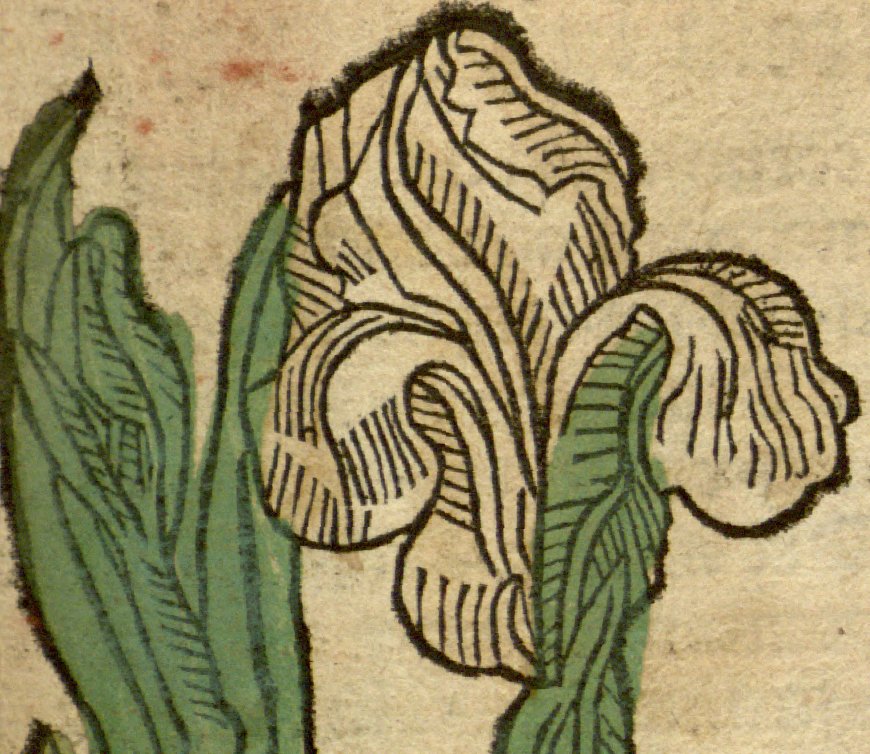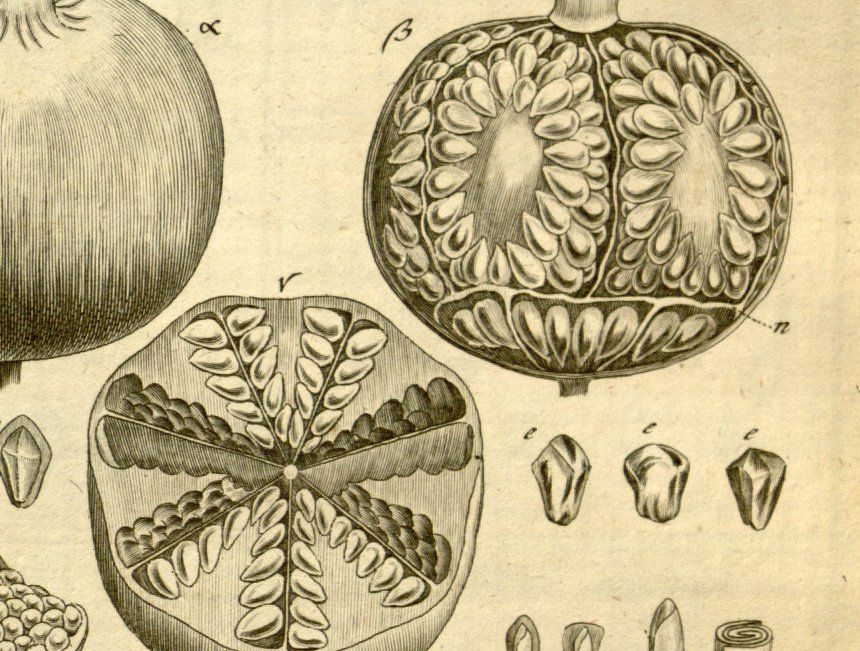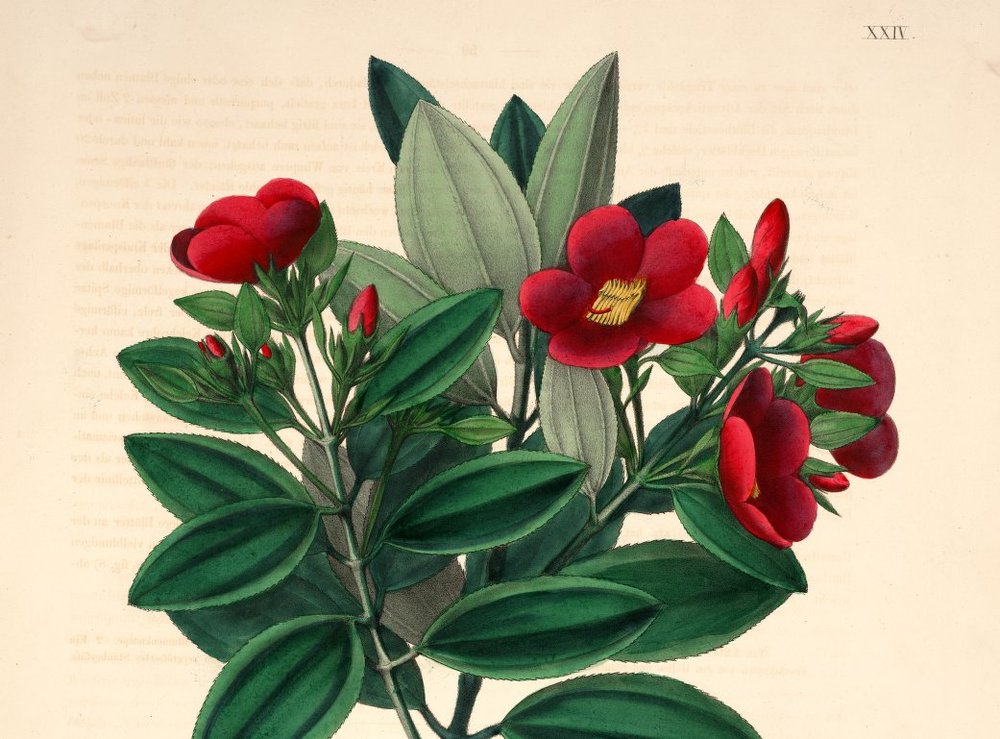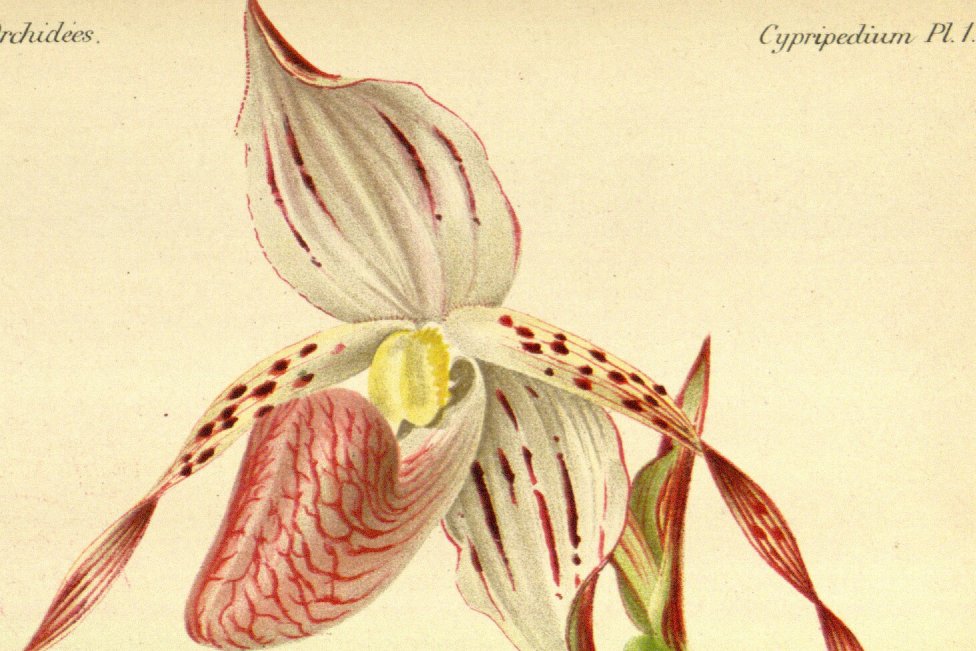3 Free eBooks - October 2012
/The Internet is chock full of good reads…and many of them are free. I’m going to start a monthly post highlighting three book length items. In some ways the post is similar to the weekly ‘Gleanings’ in that the items are found as part of my normal continuous learning habits; the items are different because they are longer, have more depth, and sometimes were published as books previously (sometimes long enough ago that they must be read with their vintage in mind).
 Hibberd, Shirley; Hulme, F. Edward. Familiar Garden Flowers. London: Cassell; 1879. Available from: http://archive.org/details/cu31924051745945 - Note the date. Just as in the Egyptian Birds book, the color prints are the draw for this book. How many of the flowers do you recognize? It is surprising how many are still ‘familiar’ to us. I found that I spent more time on the ones I didn’t recognize - trying to figure out why they had fallen out of popularity (or maybe just never became ‘familiar’ in North America). Looking the puzzling ones in Wikipedia sometimes provides an explanation.
Hibberd, Shirley; Hulme, F. Edward. Familiar Garden Flowers. London: Cassell; 1879. Available from: http://archive.org/details/cu31924051745945 - Note the date. Just as in the Egyptian Birds book, the color prints are the draw for this book. How many of the flowers do you recognize? It is surprising how many are still ‘familiar’ to us. I found that I spent more time on the ones I didn’t recognize - trying to figure out why they had fallen out of popularity (or maybe just never became ‘familiar’ in North America). Looking the puzzling ones in Wikipedia sometimes provides an explanation.- Irwig L, Irwig J, Trevena L, et al. Smart Health Choices: Making Sense of Health Advice. London: Hammersmith Press; 2008. Available from: http://www.ncbi.nlm.nih.gov/books/NBK63638/ - This book provides a strategy to enable meaningful conversations with your healthcare providers. Chapter 5 is the keystone of the book (entitled Smart Health Choice Essentials). The “Useful sources of health advice” section right before the glossary points to databases and websites that provide current information about treatments as well.
- Whimper, Charles. Egyptian birds for the most part seen in the Nile Valley. London: A. and C. Black; 1909. Available from: http://archive.org/details/egyptianbirdsfor00whym - Note the date - well before a lot of excavation and the dam at Aswan. The colored pictures are what make this book worth the look. They are well labeled on the opposite page and include the surroundings. I particularly liked when the author included the hieroglyph or the bird as depicted in ancient Egyptian art.

